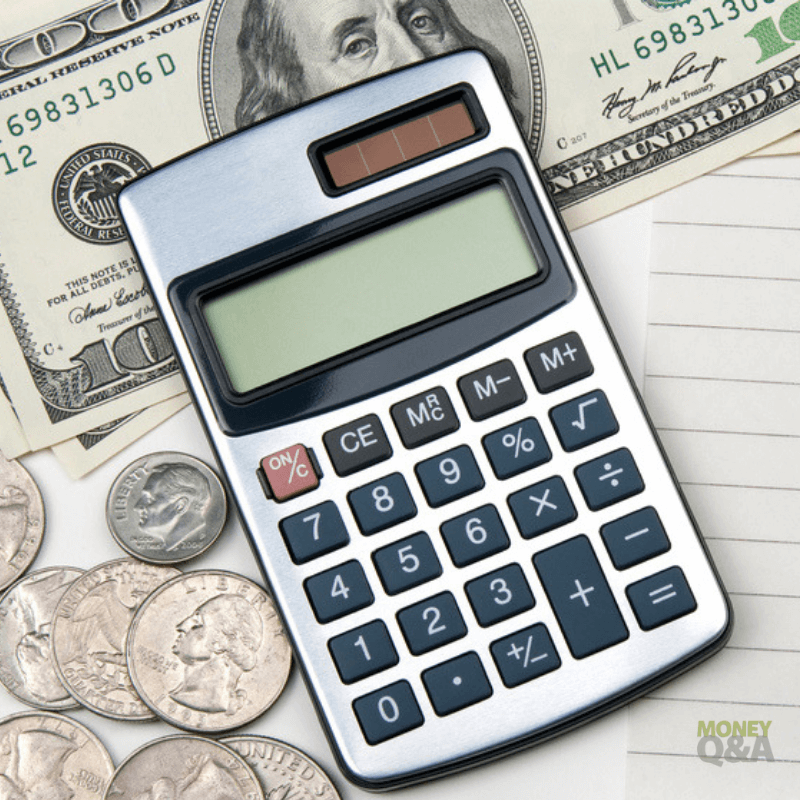
At the end of the month, everyone smiles as they work home with their paycheck. We receive these notifications from our banks month after month, indicating that our salaries have been paid or earned some revenues. But just before we relish the exciting news of our hard-earned money, our minds begin to calculate the mounting bills we need to pay and all the things we would love to buy. People who drop their reviews about US companies on US-Reviews also complain of how they rarely have anything left to save after settling bills.
The question that financially conscious people often ask is, “How much should I save and invest this month?” Paying yourself first is one of the fundamental principles of personal finance, i.e., saving first before spending on anything else. How much you choose to save and invest depends on many variables, including your age, level of income, family size, overall cost patterns, and the goal of financial freedom.
Taking all of these into account, a monthly saving of around 20 percent is suitable for young income earners. Why twenty percent? It follows the rule of thumb of 50:20:30 personal finance. While this is not a one-cap-fits-all rule, it gives a basis for a disciplined financial lifestyle to be cultivated. Your budget is categorized into three buckets by the 50:20:30 finance rule. With different finance services reviews for the stock market, check out some things you need to know about the 50:20:30 rule.
1. Necessity Bucket
The “necessity bucket” is the first 50 percent. It means that you should budget 50 percent of your monthly income for necessities such as food, clothing, shelter, transport, things that you can’t do without. Do you remember the hierarchy of needs of Maslow? Your financial budget is seen as suboptimal if you spend more than 50 percent of your monthly take-home pay on the combination mentioned above.
2. Financial Priority Bucket
The “financial priority bucket” is the second 20 percent. It indicates that if you have one, 20 percent of your monthly take-home pay should be devoted to long-term savings and paying down your debt.
3. Lifestyle Choices Bucket
The third 30 percent is the “lifestyle choices bucket.” It suggests you spend not more than 30 percent of your income on consuming items like entertainment, cell phone recharge, cable TV, vacation, gym. Remember, most of these items are not must-haves.
Therefore, having a 20 percent minimum long-term saving plan will give you the most incredible balance between achieving financial independence and meeting your current obligations as soon as possible. As retirement periods suggest, increasing this percentage to around 30 percent could be ideal for middle-aged people with higher incomes. Do note, however, that these are no complicated rules. On month by month basis, one can be flexible to cater for other unforeseen obligations. The discipline to save consistently is the most significant thing in all of this.
Saving and investing at the earliest stage to achieve financial freedom depends mostly on the lifestyle you maintain. It is essential to note that it is hard to reverse lifestyle inflation. It has the effect of a ratchet. It is what the “relative income hypothesis” is called by economists. In simple language, most individuals do not decrease their consumption proportionately when income falls to match their income. Either by consuming their wealth, past savings, or borrowing, people try to protect their living standards. These all come at a cost. Don’t always see money as a means of buying things; money should be seen as a means of purchasing financial freedom instead.